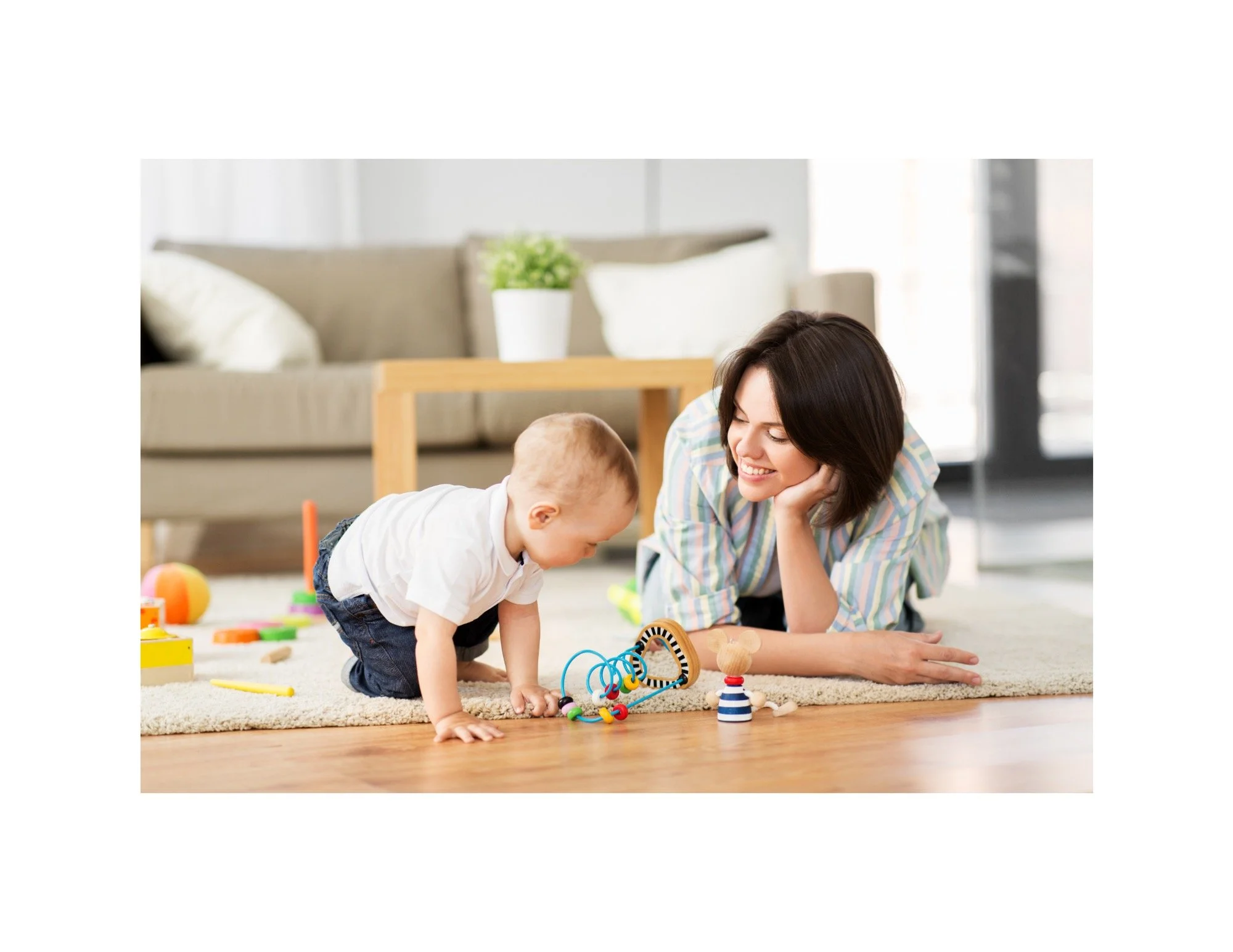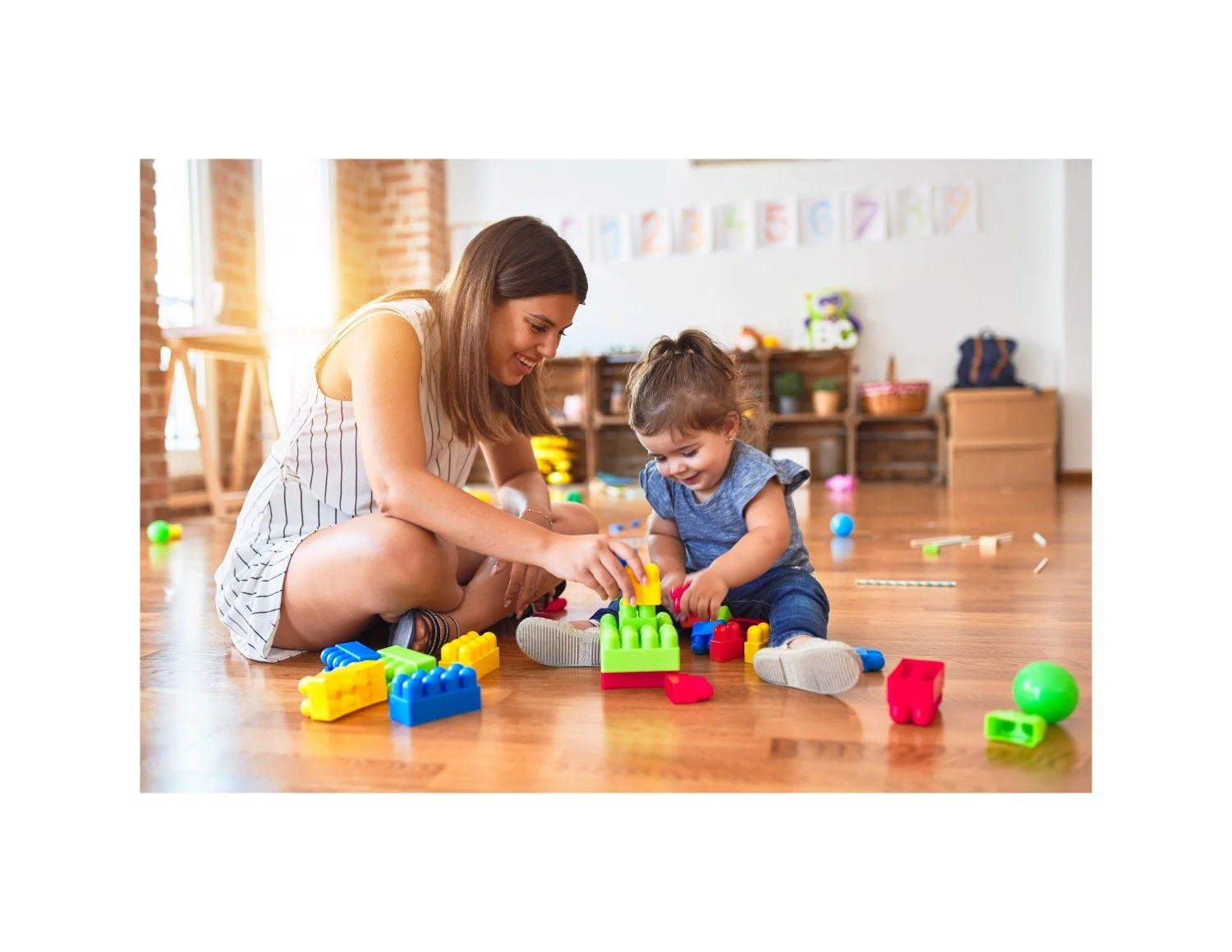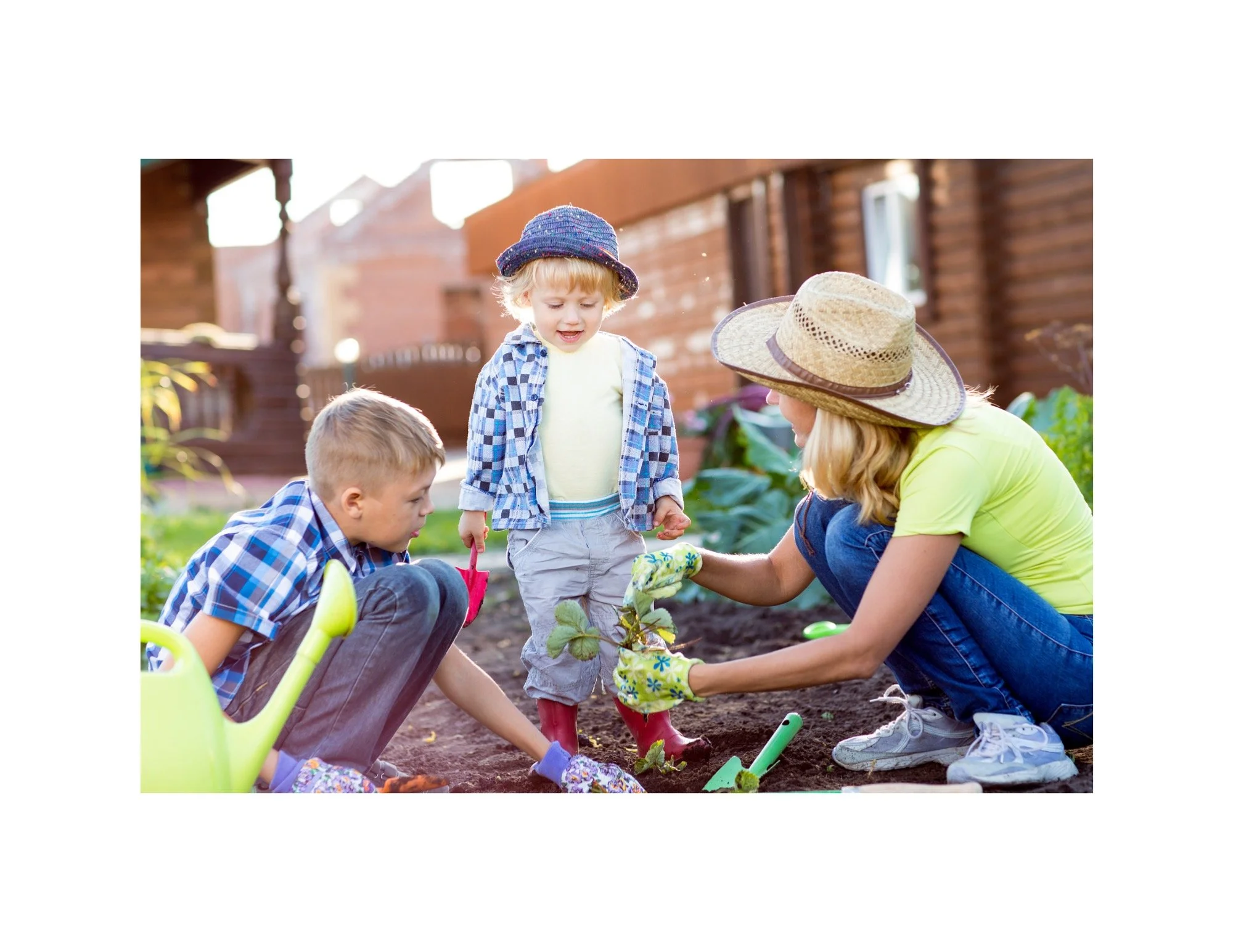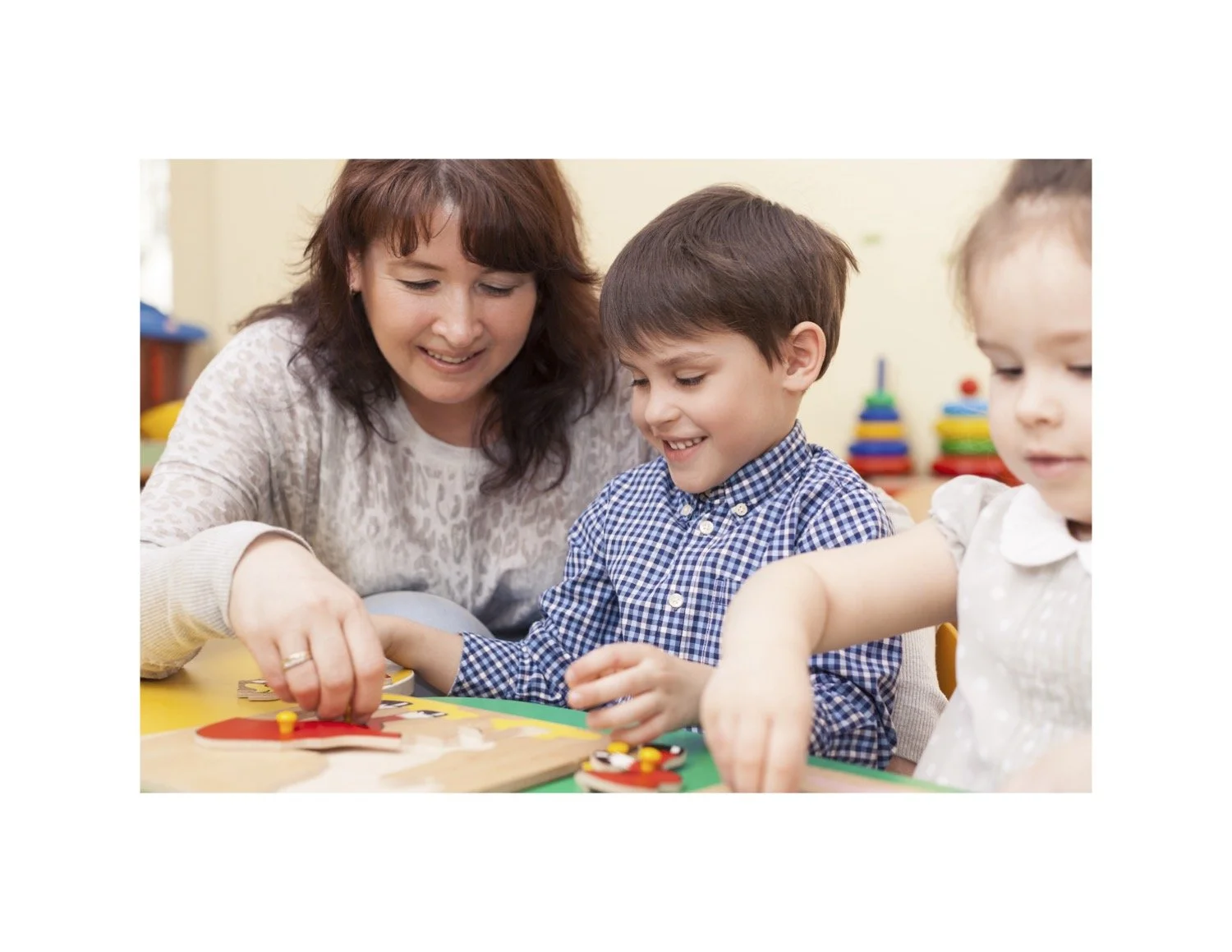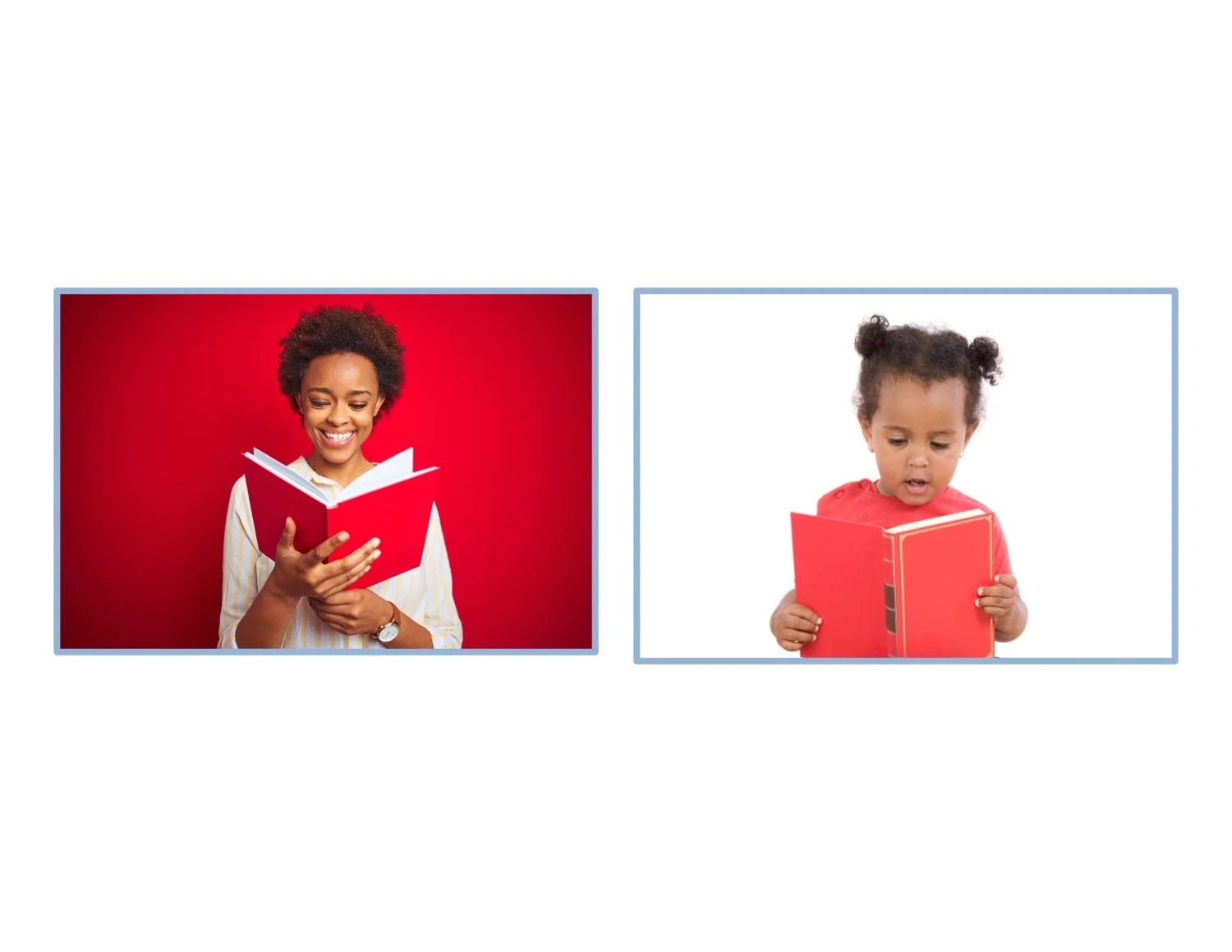Modeling: A Gentle Strategy That Boosts Communication at Home
If you’re a parent and you’ve found this blog post, you may have heard a professional tell you to “model”.
What does that mean exactly?
I’ll break down the strategy by sharing examples of how you can use your words and actions to help teach your child.
How to Model Gestures
Before children use words, they use gestures to communicate (around 9 months).
These simple movements, like pointing, waving, or shaking their head, are an important part of early language development.
By modeling gestures yourself, you’re teaching your child new ways to express their needs and ideas.
Why it matters:
Gestures help children:
Make their wants and needs known
Build understanding of words and routines
Get ready to use spoken language
Modeling gestures during daily routines:
Shake your head while saying “no” to something they don’t want.
Nod your head while saying “yes” to something they do want.
Point to what your child wants (“You want the banana?”).
Clap your hands and say “Yay!” when your child finishes stacking blocks.
Wave “bye-bye” to someone or blow them a kiss as they leave.
Put your index finger to your lips and say “shhh” when it’s time to be quiet.
Modeling First Words
Babies typically start saying their first words between 12-15 months.
You can use modeling to encourage your child to say their first word.
Modeling words during daily routines:
Model the word “up” while stacking blocks. Repeat the word often, without putting pressure or expectations on your child.
Push a toy off the edge of the tub into the water to make a splash. Smile playfully and say “uh oh!” Do this a few more times and see what they do.
Add small crackers to their plate one piece at a time, slowly saying “cracker”, “cracker”, “cracker”.
Talk about what you see on a walk. Point to a dog and say “Dog”.
If your child is starting to use their first words, nouns are a good place to begin modeling.
Expanding Language
Modeling can sometimes take a bit of guesswork.
Children who don’t have the words to tell you what they want can get easily frustrated.
Make your best guess and say it for them.
Maybe your child wants to do what you’re doing.
Model “My turn” or “I can help” as if they were saying those words to you.
Don’t be hard on yourself if you’re still not understanding what they’re trying to communicate.
By modeling, you’re teaching them to use their words, even if you don’t always get it right.
Problem Solving
Help your child learn to be a good problem solver by talking through problems out loud.
For example, when doing a puzzle together, put a piece in upside down. Say, “Hum, this doesn’t fit. Maybe I’ll turn it around.”
This shows them how to talk through a problem and models how to fix it.
You can model both what to say and what to do.
Literacy
We know reading kids a bedtime story is good for them.
Did you know that even having books in the home can impact your child’s success in school?
Children learn by watching us.
So if you want your kid to be a good reader, then pick up a book. Let them see that reading is important to you.
Materials: If you’d like a list of first words, you can join my newsletter and download a free copy here.
Sources:
Centers for Disease Control (CDC), June 6, 2023. https://www.cdc.gov/ncbddd/actearly/milestones/milestones-6mo.html
First Words Project, 2014, 16 Gestures by 16 Months. https://firstwordsproject.com/about-16by16
Books in home as important as parents’ education in determining children’s education level”, Science Daily, May 21, 2010

